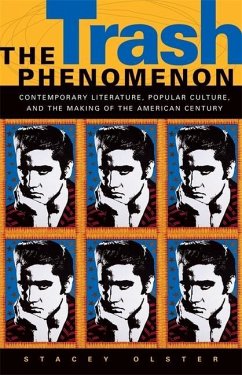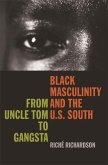The Trash Phenomenon looks at how writers of the late twentieth century not only have integrated the events, artifacts, and theories of popular culture into their works but also have used those works as windows into popular culture's role in the process of nation building. Taking her cue from Donald Barthelme's 1967 portrayal of popular culture as "trash" in Snow White and Don DeLillo's 1997 description of it in Underworld as a subversive "people's history" Stacey Olster explores the ways in which American popular culture can be recycled in literature so as to change the nationalistic imperative behind its inception. The Trash Phenomenon begins with a look at the mass media's role in the United States' emergence as the twentieth century's dominant power. To this end, Olster discusses the works of three authors that collectively span the century bounded by the Spanish-American War (1898) and the Persian Gulf War (1991): Gore Vidal's "American Chronicle" series, John Updike's Rabbit tetralogy, and Larry Beinhart's American Hero. Olster then turns her attention to three non-American writers whose own cultures have felt the imperial sway of American popular culture: hierarchical class structure in Dennis Potter's England, Peronism in Manuel Puig's Argentina, and Nihonjinron consensus in Haruki Murakami's Japan. Finally, Olster returns to American literature to look at the contemporary media spectacle and the representative figure as potential sources of national consolidation after November 1963. Olster first focuses on autobiographical, historical, and fictional accounts of three spectacles in which the formulae of popular culture are shown to bypass differences of class, gender, andrace: the John F. Kennedy assassination, the Scarsdale Diet Doctor murder, and the O.J. Simpson trial. She concludes with some thoughts about the nature of American consolidation after 9/11. The Trash Phenomenon is filled with fresh and challenging insights into an under-e








